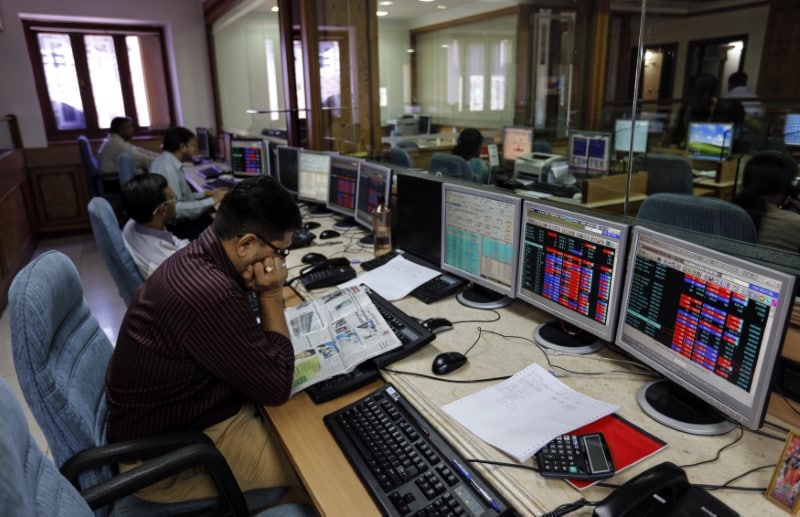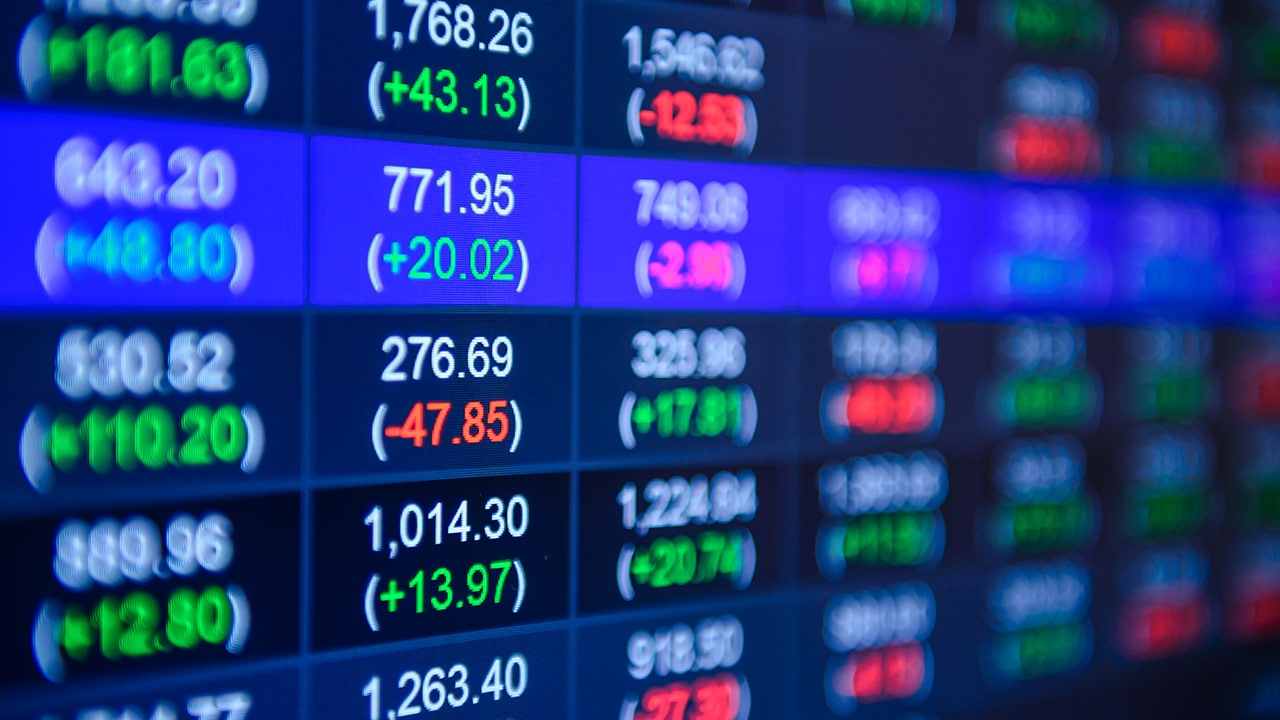What are equity mutual funds and why are they an ideal investment vehicle?
An equity mutual fund is a fund which invests nearly 60 percent of its assets primarily in equity shares of companies in varying proportions specified in the investment mandate.
Investing in equity helps you hedge against inflation and provides your portfolio with diversification in the long-term. The ease of investing in an equity fund is you needn’t understand how a particular sector is expected to perform in the future, nor do you have put in time and effort in understanding volatility due to several market cycles.
Investing in equity has its own benefits as the funds are managed by experts who understand the markets, they cost low, are convenient, offer diversification, systematic investments bring in discipline, flexibility and liquidity. You needn’t dig deep in the financials of companies or get worried about which stock you should invest in, this can be left to the experts or fund managers. The fund manager churns the portfolio via buying and selling stocks to take advantage of changing markets. The stocks he buys can be purely a large-cap fund or a mixture of market capitalisation, with the investment style being value-oriented or growth oriented. If you are here for the long-term and have high-risk appetite equity could be very rewarding even if you don’t understand the markets well and your investment amount is small.
The types of equity funds
Mutual funds offer a lot of variety to suit all sorts of investors, the Securities and Exchange Board of India (SEBI) classified equity funds as mentioned below:
Multi-Cap Equity Funds: This category is an open-ended fund which invests nearly 65 percent of its assets across large-cap, mid-cap and small-cap stocks and equity related instruments. Multi-cap can provide higher returns so the fund manager rebalances between large, mid and small-cap stocks, which is a low-cost option when a fund manager does it for you.
Large Cap Equity Funds: The category falls under open-ended equity schemes which invest at least 80 percent of its assets in large-caps. They help you maintain stability in your portfolio because they are less volatile compared to their mid and small-cap counterparts, having said that they will gradually generate returns for you.
Large and Mid Cap Equity Funds: This scheme is an open-ended equity scheme which parts around 35 percent of its assets in large caps and 35 percent of it in mid-caps. The scheme can give you both high and low returns depending on your risk appetite. If you are an investor who is looking to balance out returns on your portfolio, this scheme would help you achieve that.
Mid Cap Equity Funds: Here the scheme invests at least 65% of its total assets in mid-cap stocks which rank from 101th to 250th in terms of market capitalisation. If you have a high-risk appetite these funds tend to provide relatively higher returns compared to large-cap funds. This scheme should suit you well if you are here for the long-term and have a high-risk appetite.
Small Cap Equity Funds: Roughly 95 percent of the listed companies in India fall in this category. The open-ended equity scheme invests at least 65 percent of its total assets in small-cap stocks in terms of market capitalisation (stock with 251st and below ranking). Small-caps are suitable if you are willing to take substantially high risks to get higher returns.
Dividend Yield Equity Funds: This scheme is an open-ended equity scheme and invests nearly 65 percent of its assets in equity, predominantly in dividend-yielding stocks. The schemes aim at investing in stocks which are capable of providing good dividends, but the fund doesn’t have any obligation to declare dividends.
Value Equity Funds: The scheme here follows a value investment strategy with an open-ended approach. The fund here invests in three types of stocks, stocks which are underperforming or stocks with low Price to Earnings (PE) ratio or stocks of companies which belong to emerging sectors which have a potential of rapid growth in the future.
Contra Equity Fund: This is an open-ended scheme which believes in a contrarian investment strategy. The bets here are made against the ongoing marketing trends and puts its sentiment on underperforming stocks, assuming it will recover in the long-term and when short-term concerns plaguing them are mitigated.
Focused Equity Fund: The scheme again is an open-ended equity scheme and like all equity schemes they invest in nearly 65 percent of its total assets in 30 stocks, with market capitalisation segments at its focus. The funds take higher risks in their holdings than other types of equity funds but have the potential of giving good returns.
Sectoral / Thematic Equity Fund: This is an open-ended equity scheme which invests at least 80 percent of its total assets in a particular sector or theme like banking, IT, pharma etc. These funds are dependent on themes thereby making them a risky investment option because their returns are dependent on the performance of a single theme or sector. The timing here needs to be very accurate so as to achieve rewarding returns.
Equity-linked Savings Scheme (ELSS): The scheme is an open-ended scheme which invests in at least 80 percent of its total assets in equity and equity related instruments. This, however, comes with a 3-year-lock-in and is eligible for tax deduction up to Rs. 1,50,000 under section 80C of the Income Tax Act.










 Listen to the Article
Listen to the Article  Daily Newsletter
Daily Newsletter











